![]() Call Now: (213) 536-7242
Call Now: (213) 536-7242
Monday - Friday: ![]() 9.00am to 5.00pm
9.00am to 5.00pm
Preparing Your Organization for an Active Shooter Incident: The Role of Insurance
August 9, 2024 6:54 am
Organizational threats come in many different forms, and one of them that organizations from various sectors have to prepare for an active shooter incident. Of course, it is impossible to foresee and pinpoint the time and place of such an event, but organizations can be prepared to cope with the consequences.
Therefore, the essence of managing this leader’s nightmare lies in applying preventive measures, having proper contingencies in place, and having adequate and efficient insurance mechanisms to neutralize the financial repercussions of similar mishaps.
Understanding the Threat of Active Shooter Incident
Active Shooter Incident are works of violence in multiple settings, like schools, houses of worship, workplaces, and nonspecific places. Such incidents indicate the need to have the various categories of disasters insured or at least have sound contingency plans. In addition to the primary and catastrophic erosion of the victims’ lives as well as their families’ lives, organizations bear a significant cost. The consequences can sometimes be more than just impaired structures and protracted resource losses; they can also cause stoppages affecting businesses and outstanding litigation costs.
Companies should recognize that no preparation can guarantee protection 100%. Still, a comprehensive response plan and proper insurance can significantly enhance the entity’s potential to address the consequences of an active shooter event.
The Role of Active Shooter Insurance after Active Shooter Incident
The purpose of insurance is to safeguard the company from the financial impact of an active shooter situation. This insurance’s primary purpose is to assist the organization with a variety of costs that may arise following a shooting incident. Here’s a closer look at the types of coverage typically included in an active shooter insurance coverage policy:
Crisis Management Costs
This includes costs directly associated with the administration of the events that followed immediately after the incident. Thus, it may mean hiring PR agencies to deal with journalists, getting legal advice on such issues as liability, and providing psychological help to workers who suffered from the traumatic event.
Business Interruption Losses
This is usually the case since active shooter events may lead to a temporary shutdown or disruption of operations. Insurance policies cover business interruption losses, including lost income reimbursement. In contrast, the incident hinders business operations.
Property Damage
Injuries from firing ranges, blasts, or violence can cause damage to the organization’s property. Property restitution can be costly, especially in cases of property destruction. Still, when there is insurance, the insurance company will assume some of the costs.
Liability Claims
Liabilities arising from an ASI may include legal actions through litigation processes by the victims or the victims’ relatives in the organization. This coverage provides indemnity for legal actions and covers the expenses incurred in defending cases that result in such actions against an organization.
Active shooter insurance, which is typically included in other insurance products, is not an independent policy. Standard commercial insurance plans, on the other hand, typically include it as an extension or endorsement. Therefore, companies must engage with their insurance providers to ensure adequate coverage for certain damages.
Prevention and Preparedness for Active Shooter Incident
Although active shooter insurance coverage provides essential financial coverage, it is equally important for organizations to acquire prevention and preparedness. A comprehensive approach should include:
Risk Assessment
An assessment that will help evaluate and determine some of the risks that might exist in the organization. Assessing physical security features, vulnerabilities, feasible approaches, and high-risk targets during an active shooter event is part of this process.
Establishing and using concrete plans to deal with emergencies is essential. The plan should outline the employees’ actions during an incident, including escape routes, the building’s lockdown procedure, and strategies for dealing with an active shooter.
Employee Training
Periodic training is critical because it teaches employees how to behave when an active shooter is on the scene. Training should equip employees with skills that encompass a variety of responses and strategies to reduce panic in real-life scenarios.
Security Measures
Physical countermeasures such as access control systems, video surveillance systems, and emergency signaling systems can prevent or reduce the effects of an active shooter incident. These measures can produce preliminary alerts and assist with guarding the property.
Mental Health Support
When an active shooter causes psychological trauma, it is necessary to make professional help available. Psychological counselling, group sessions, and general health programs can, in one way or another, help in the healing and recovery process.
Conclusion
The type of response to an active shooter incident entails prevention, preparation, and, lastly, having insurance. While eliminating such risks may be virtually impossible, there are ways to minimize the impact of such a dreadful incident.
Purchasing adequate active shooter insurance is a reliable way to fall back when it comes to the financial aspect of the problem, which has received attention alongside serious approaches to prevention and preparedness measures.
In this way, focusing on safety and economic loss prevention can improve an organization’s ability to address the increased risk of active shooter incident, as well as the recovery and restoration needs in the aftermath.
Contact Us







